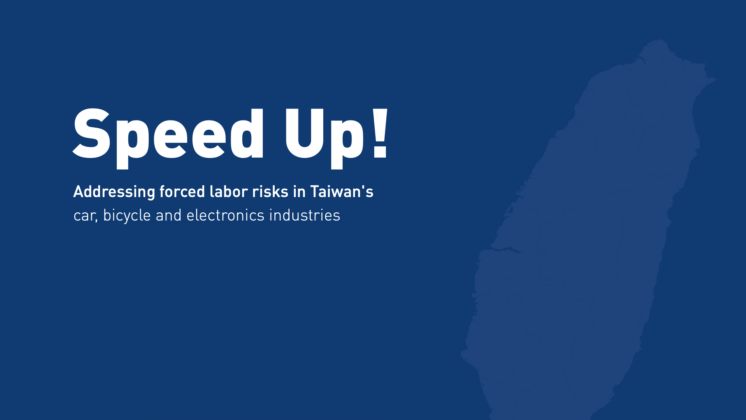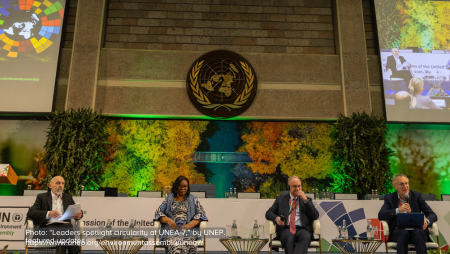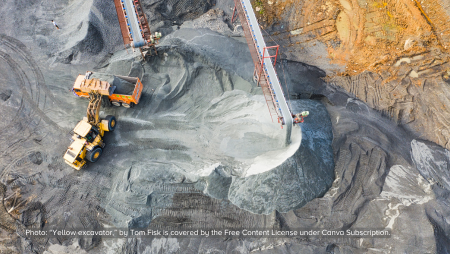In recent years, international debate on the ongoing crisis in the East of the Democratic Republic of the Congo has concentrated on the presumed link between the continuation of conflict and the continuation of mineral exports. A direct link is drawn between the fact that the mineral trade in the Kivus still largely escapes central government authority and the fact that the population of the Kivus are still suffering under numerous armed groups, both governmental and non-governmental. Attempts are made to link the location of mines with the activities of armed groups, and it is suggested that using mobile phones fuels the war in the DRC because phones contain components made using Congolese raw materials. It is presumed that insecurity could lessen if armed actors had less access to funds deriving from the natural resource trade, and that thus proper regulation of this trade is a factor of peace-building. It is the business parties themselves who are asked to commit to regulation, the oversight of which lies not with the DRC but with the international community. International efforts to turn this thinking into regulatory systems adapted to the complex Congolese situation have begun to take effect in the current year 2010. In a new paper entitled 'Who's in charge. Putting the Mineral Trade in Eastern DRC under International Control: An Overview', Dominic Johnson of the Goma-based Pole Institute traces the genesis and evolution of these efforts and give an overview of the thinking and wider issues involved. Johnson argues that important aspects of the regulatory model now emerging are partly based on an erroneous and outdated analysis of the conflict dynamics in Eastern Congo and that this is likely to weaken its effectiveness on the ground. Johnson concludes by saying that bringing local people back in is therefore the key to the success of reform programmes for the mineral trade in Eastern Congo.
In recent years, international debate on the ongoing crisis in the East of the Democratic Republic of the Congo has concentrated on the presumed link between the continuation of conflict and the
continuation of mineral exports. Drawing on the analysis that the Second Congo war of 1998-2003 was largely financed through misappropriation of revenues arising from natural resource
exploitation, a direct link is drawn between the fact that the mineral trade in the Kivus still largely escapes central government authority and the fact that the population of the Kivus are still suffering under numerous armed groups, both governmental and non-governmental. Attempts are made to link the location of mines with the activities of armed groups, or even mining and sexual violence, and it is suggested that using mobile phones fuels the war in the DRC because phones contain components made using Congolese raw materials.
It is presumed that insecurity could lessen if armed actors had less access to funds deriving from the natural resource trade, and that thus proper regulation of this trade is a factor of peace-building. Given the lamentable record of the Congolese authorities in ensuring the rule of law, it is the business parties themselves who are asked to commit to regulation, the oversight of which lies not with the DRC but with the international community. International efforts to turn this thinking into regulatory systems adapted to the complex Congolese situation have begun to take effect in the current year 2010. This paper attempts to trace the genesis and evolution of these efforts and give an overview of the thinking and wider issues involved. It is argued that important aspects of the regulatory model now emerging are partly based on an erroneous and outdated analysis of the conflict dynamics in Eastern Congo and that this is likely to weaken its effectiveness on the ground.
Concluding, Johnson writes that the key to economic and political renewal in Eastern Congo lies in the lessening of popular dependence on the select few with access to money, machine guns and ministers. Reform programmes conceived outside the country can only legitimately claim support on the ground if they contribute to this goal. Bringing local people back in is therefore the key to the success of reform programmes for the mineral trade in Eastern Congo.
Click here for full article.










